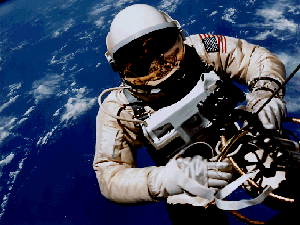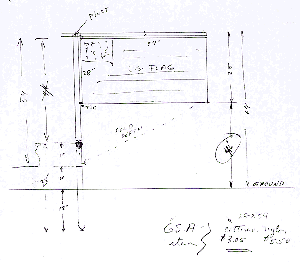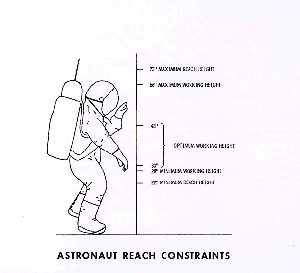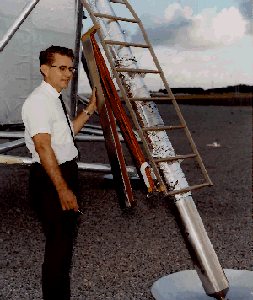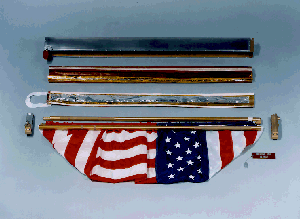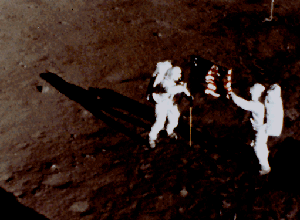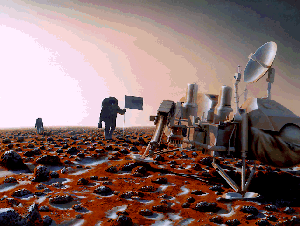Where No Flag Has Gone Before:
Political and Technical Aspects of
Placing a Flag on the Moon
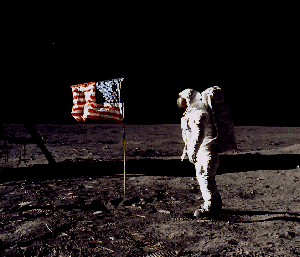
Anne M. Platoff
Hernandez Engineering Inc.
Houston, Texas
Awarded the Driver Award for the Best Paper Presented to the 26th Meeting
of the North American Vexillological Association
October 11, 1992 -- San Antonio, Texas
Prepared for
Lyndon B. Johnson Space Center
under contract NAS9-18263
August 1993
